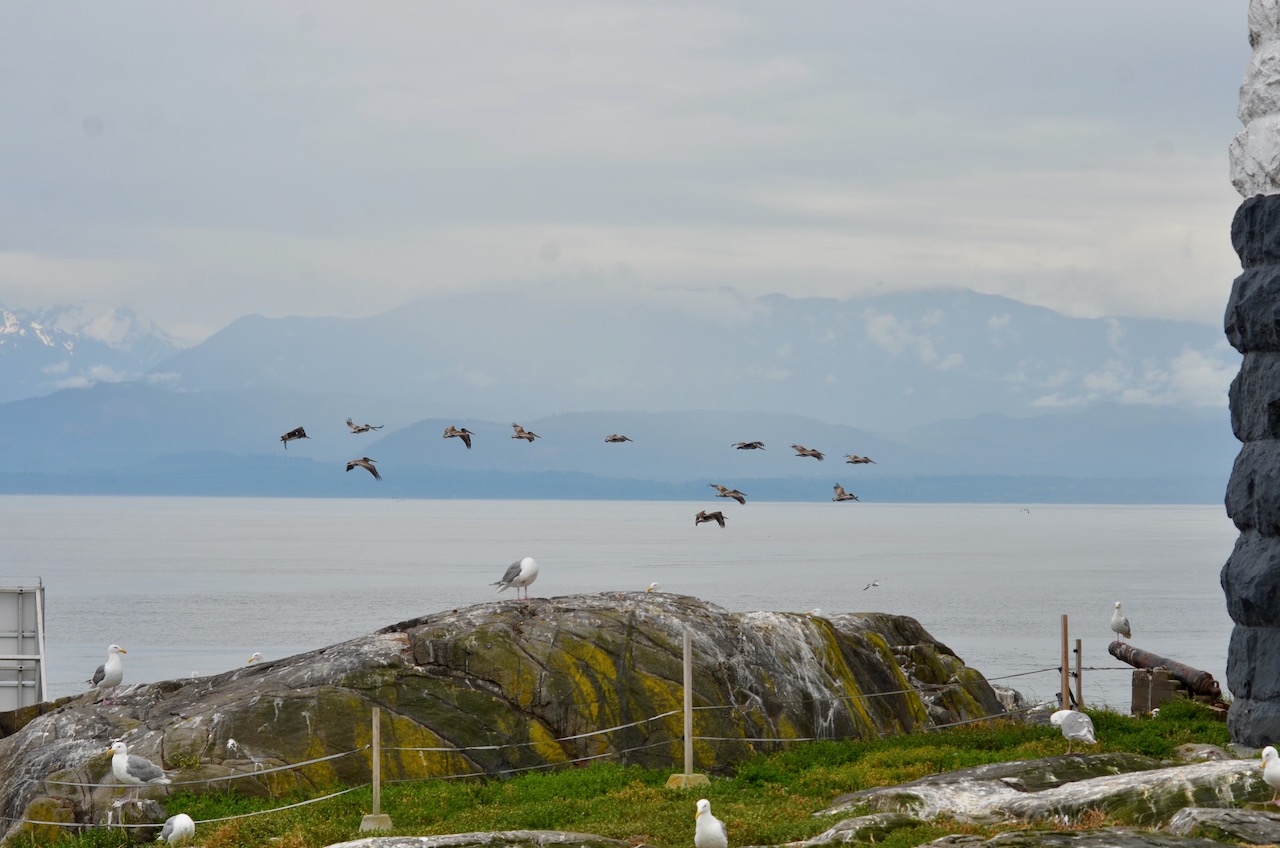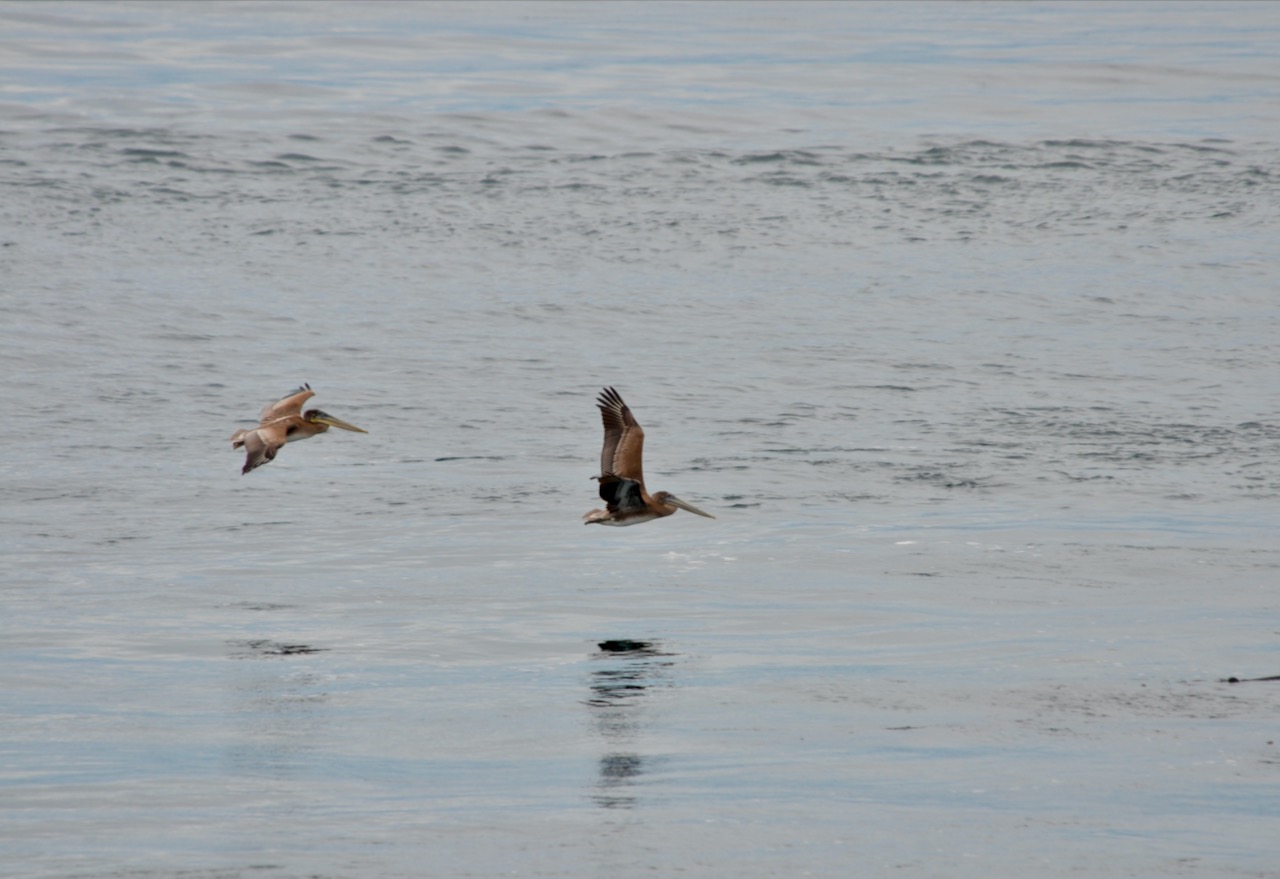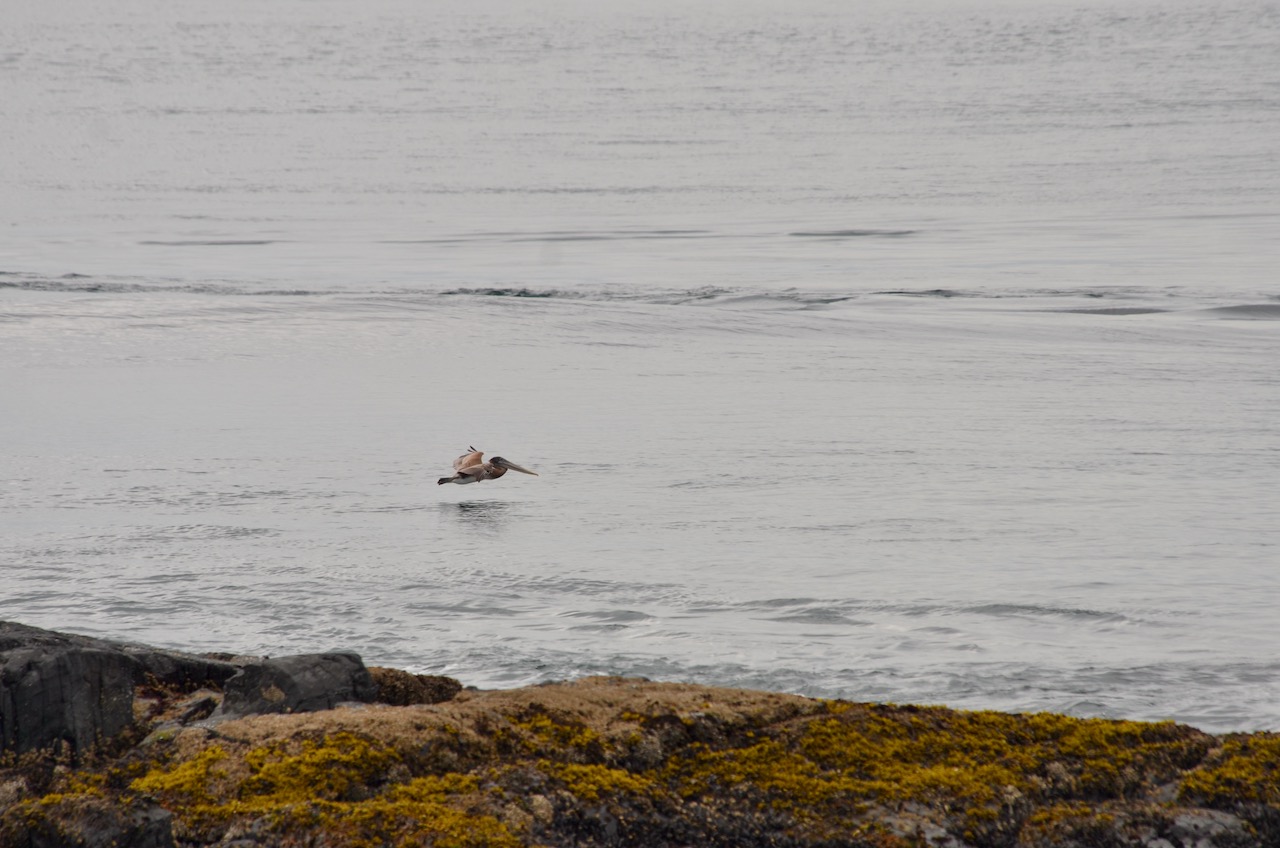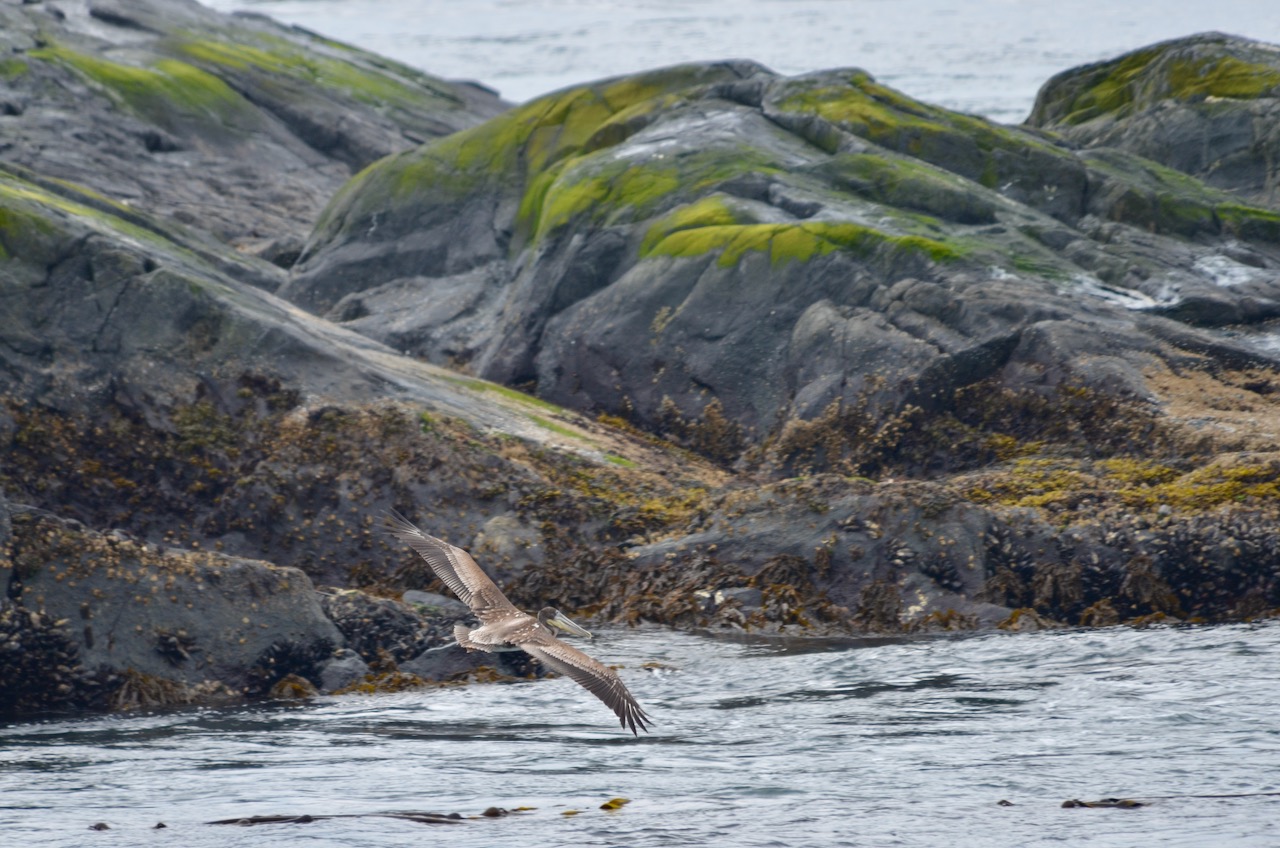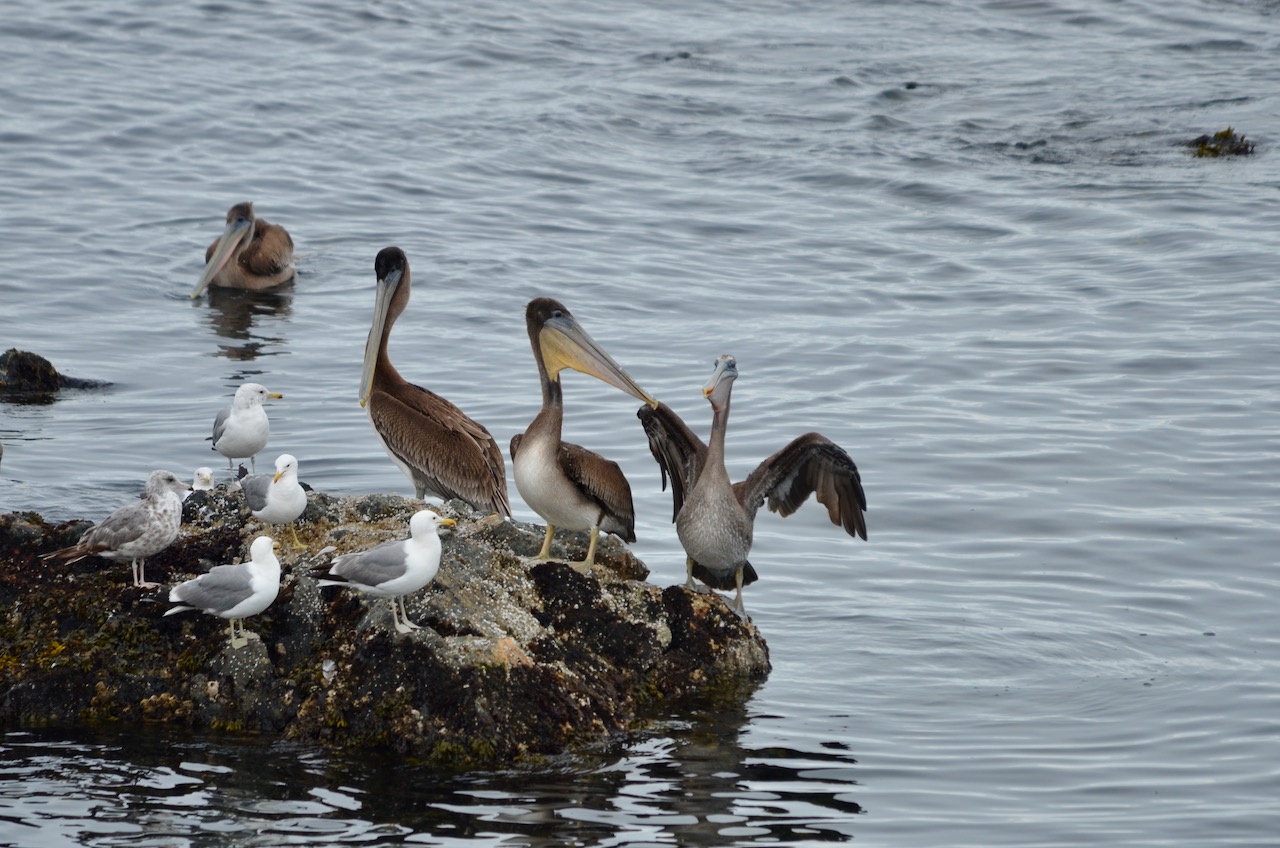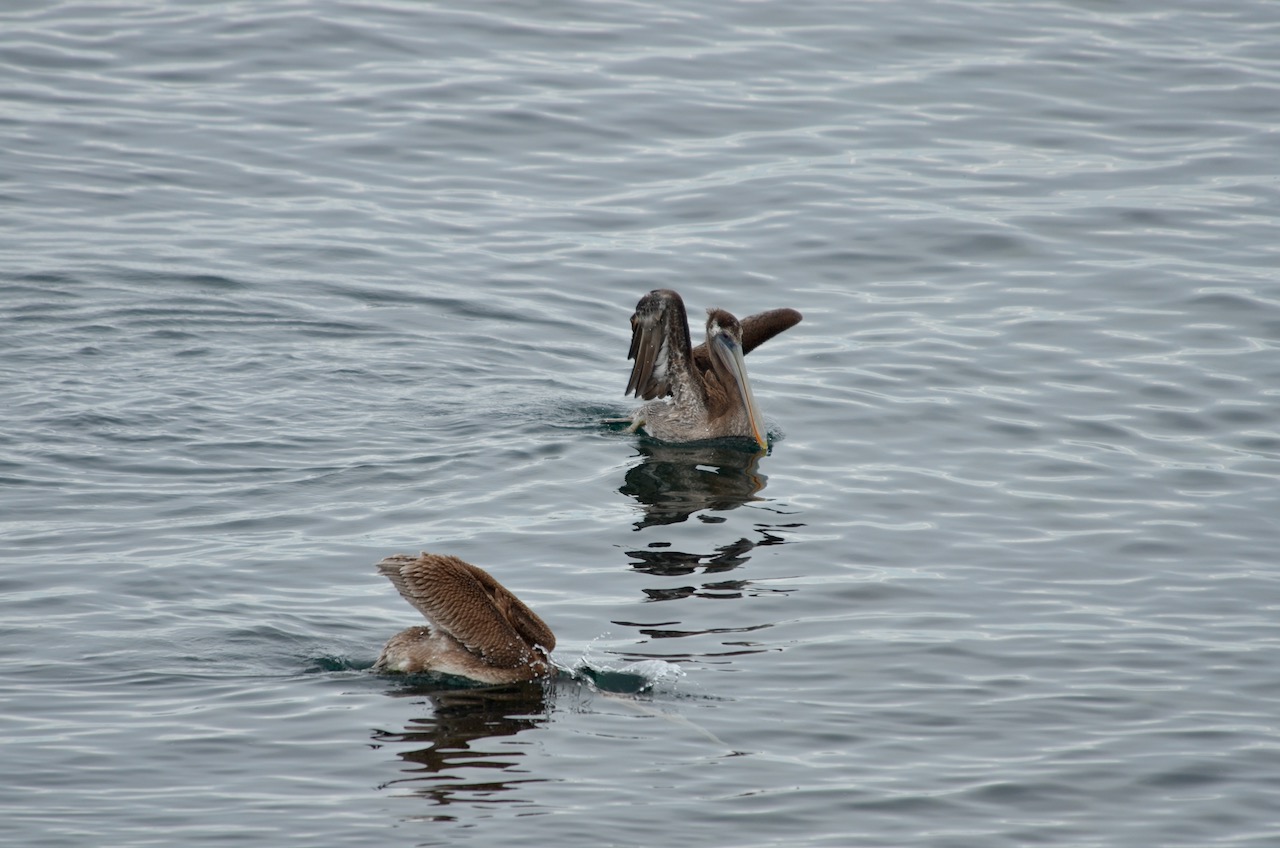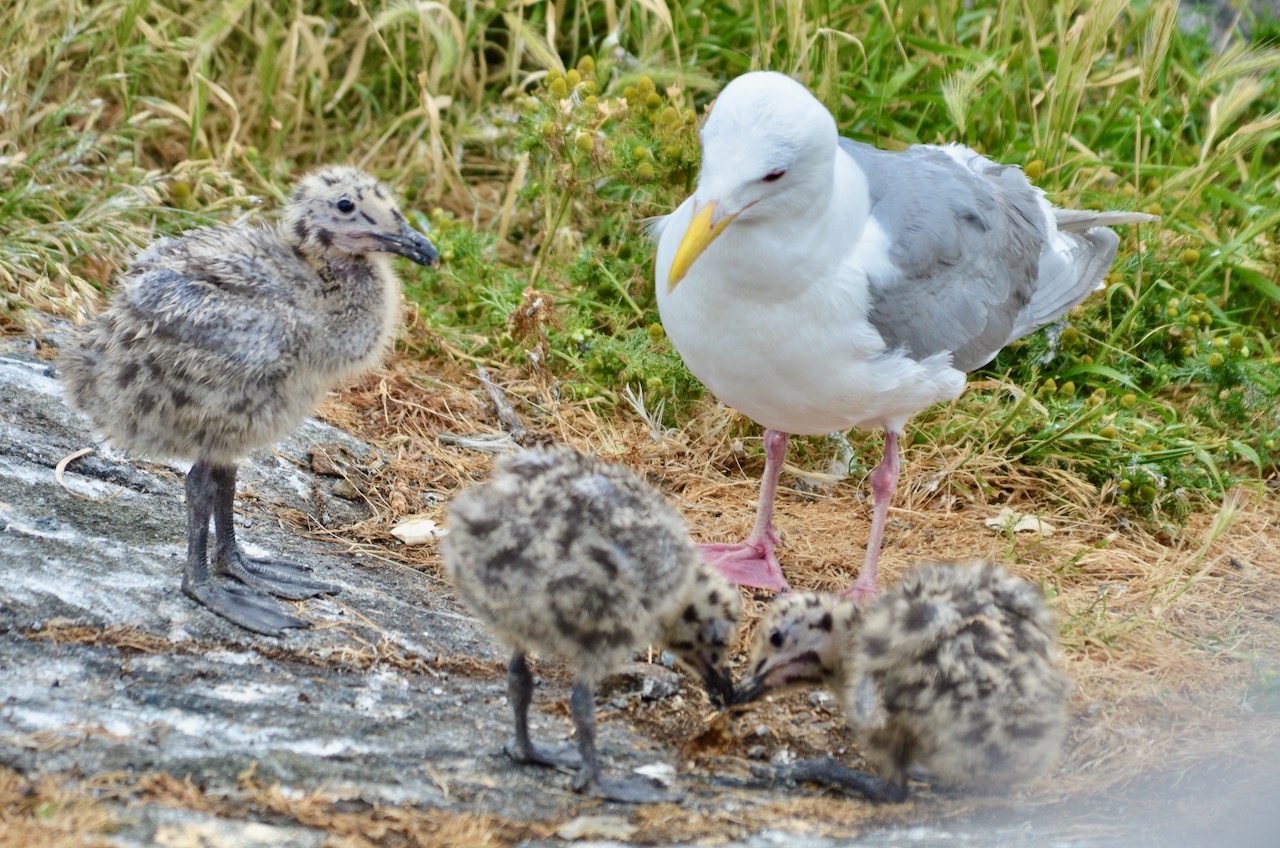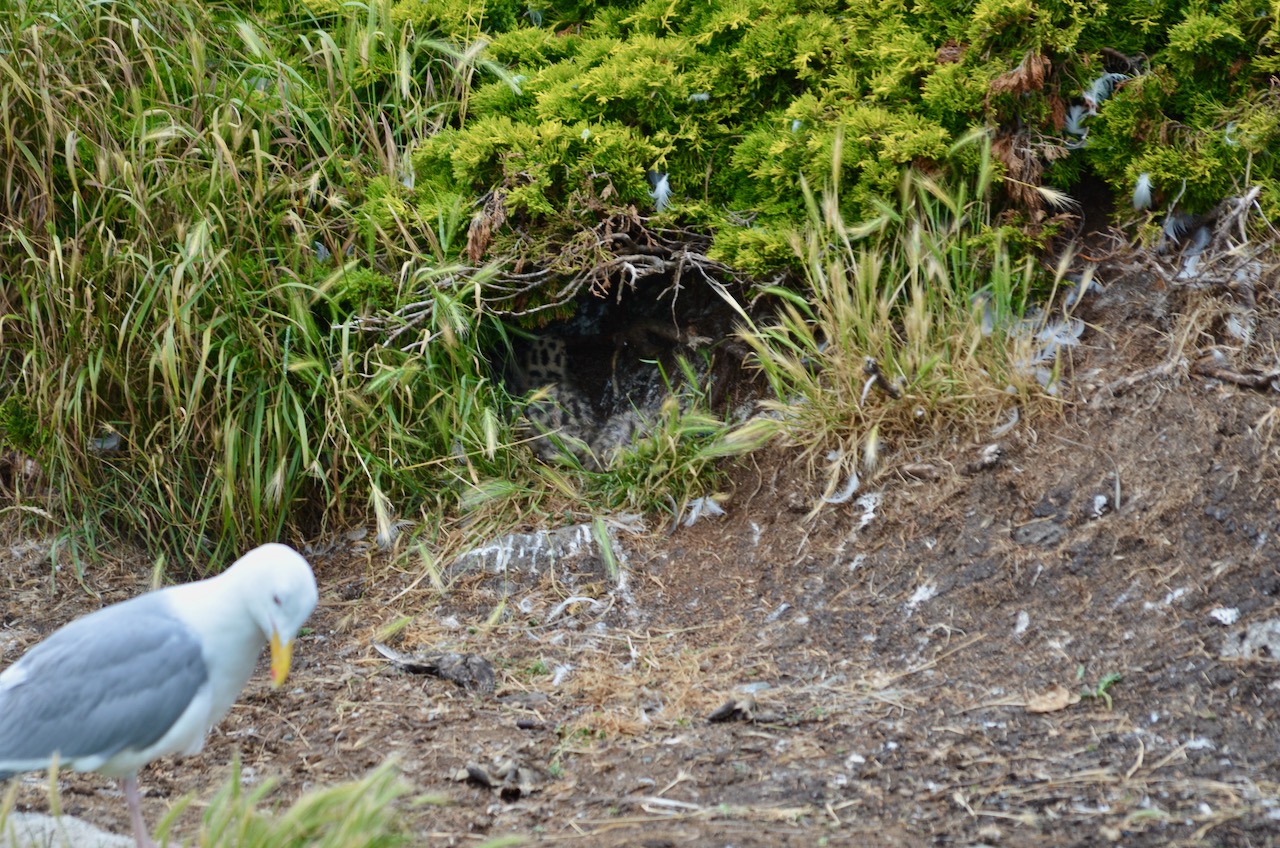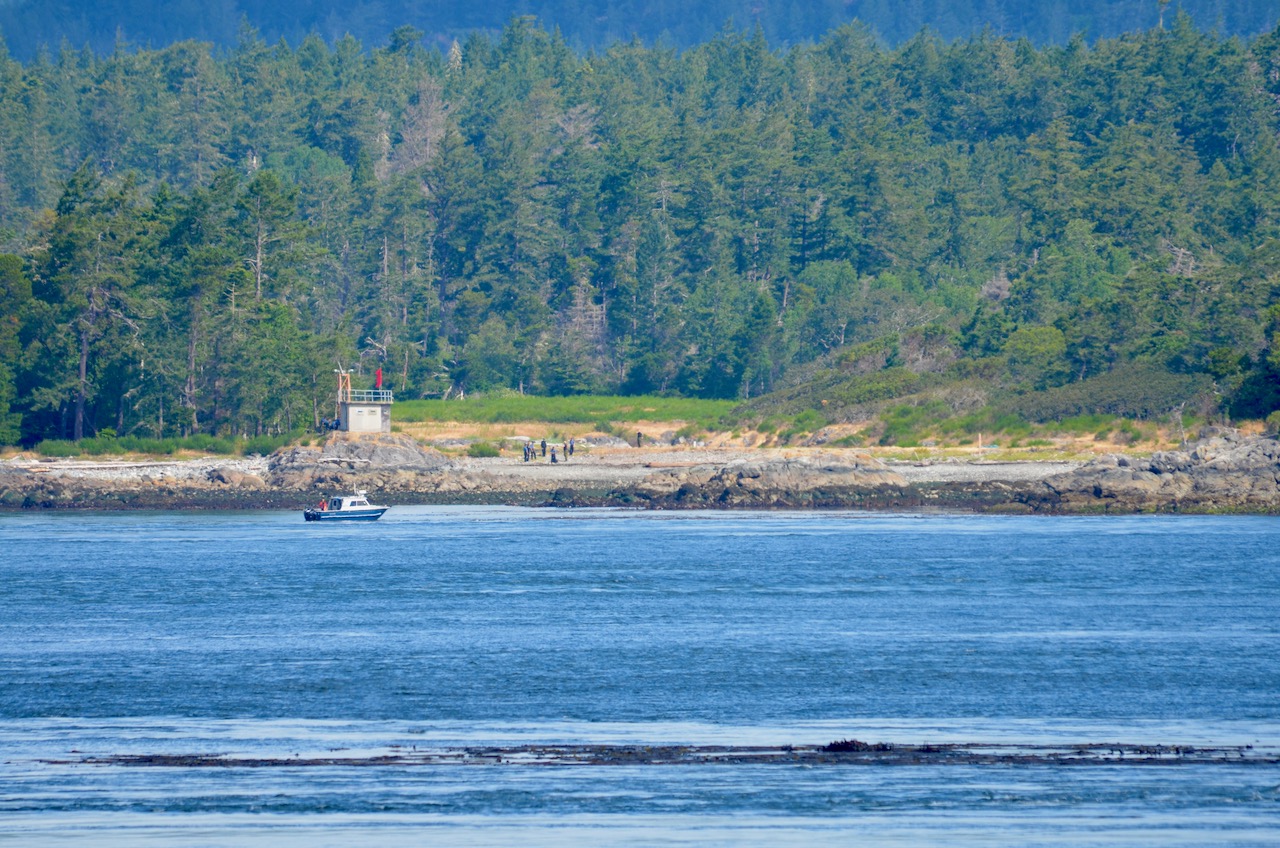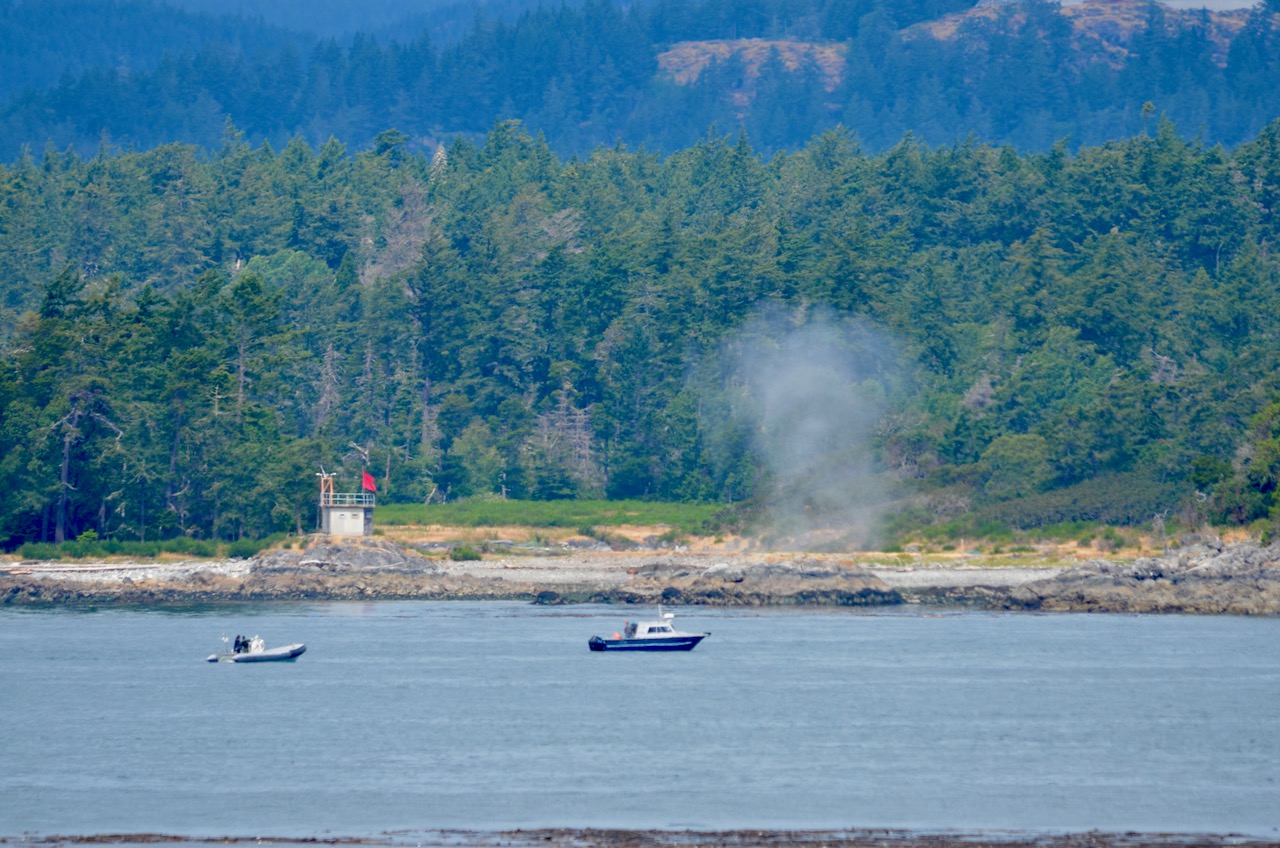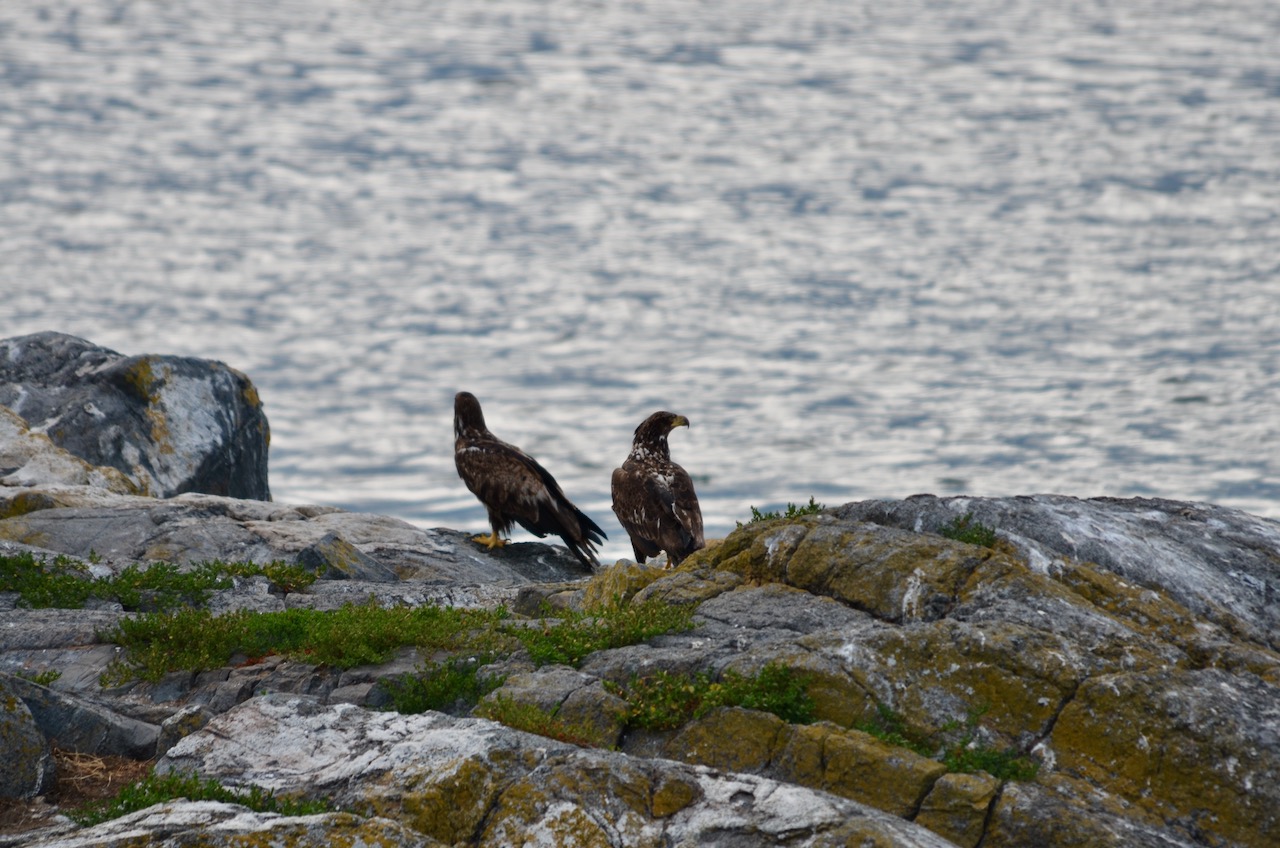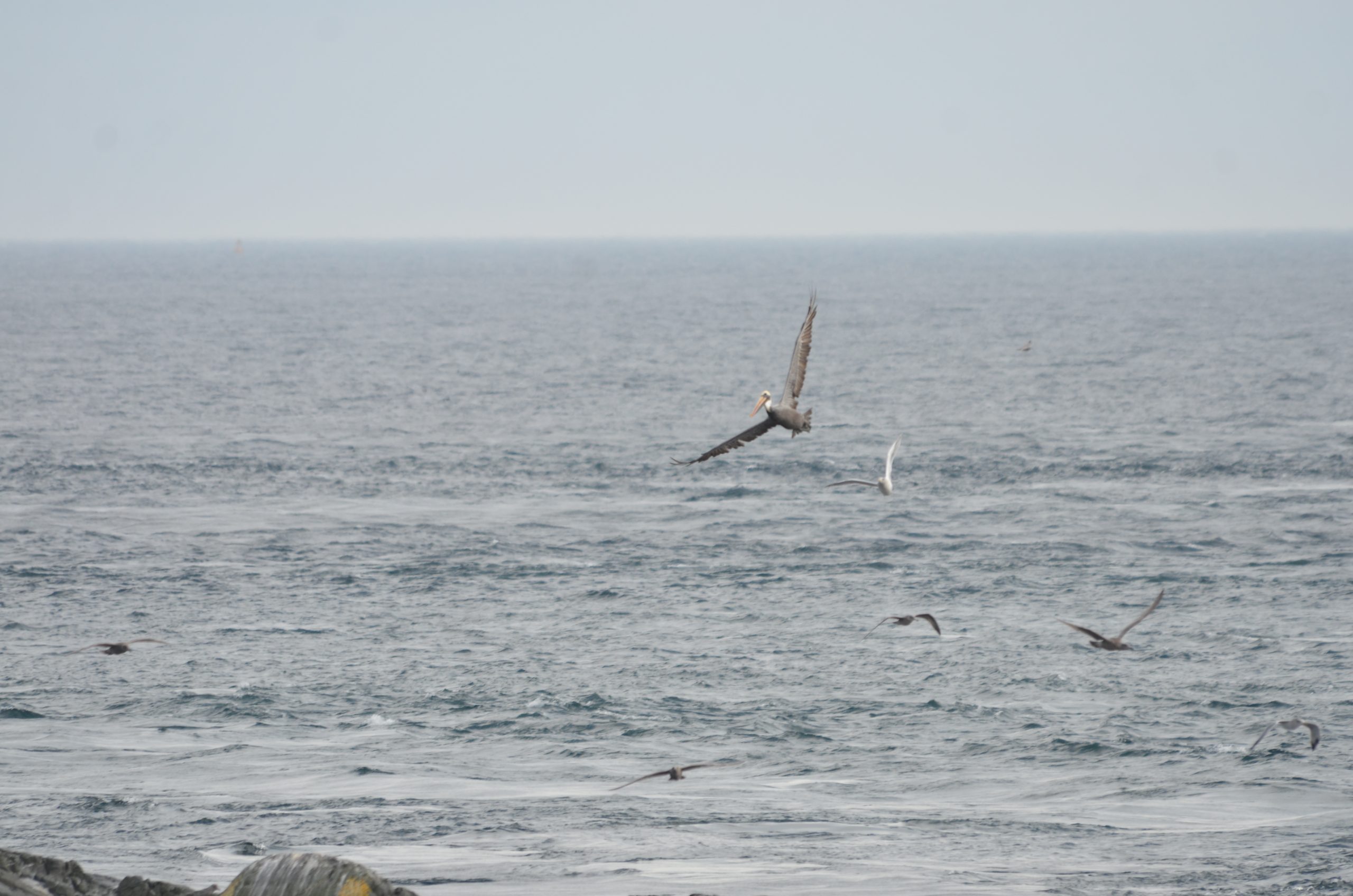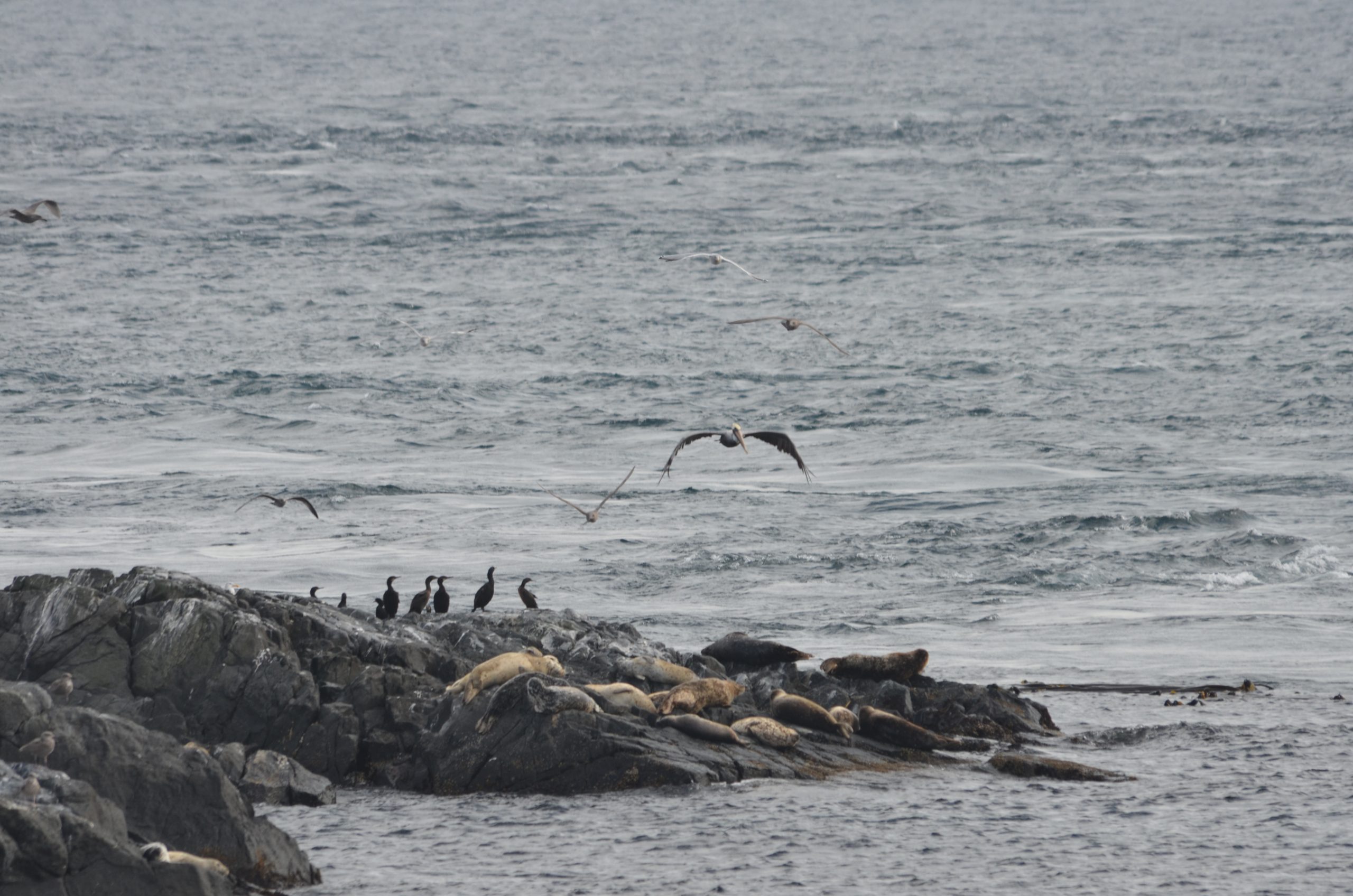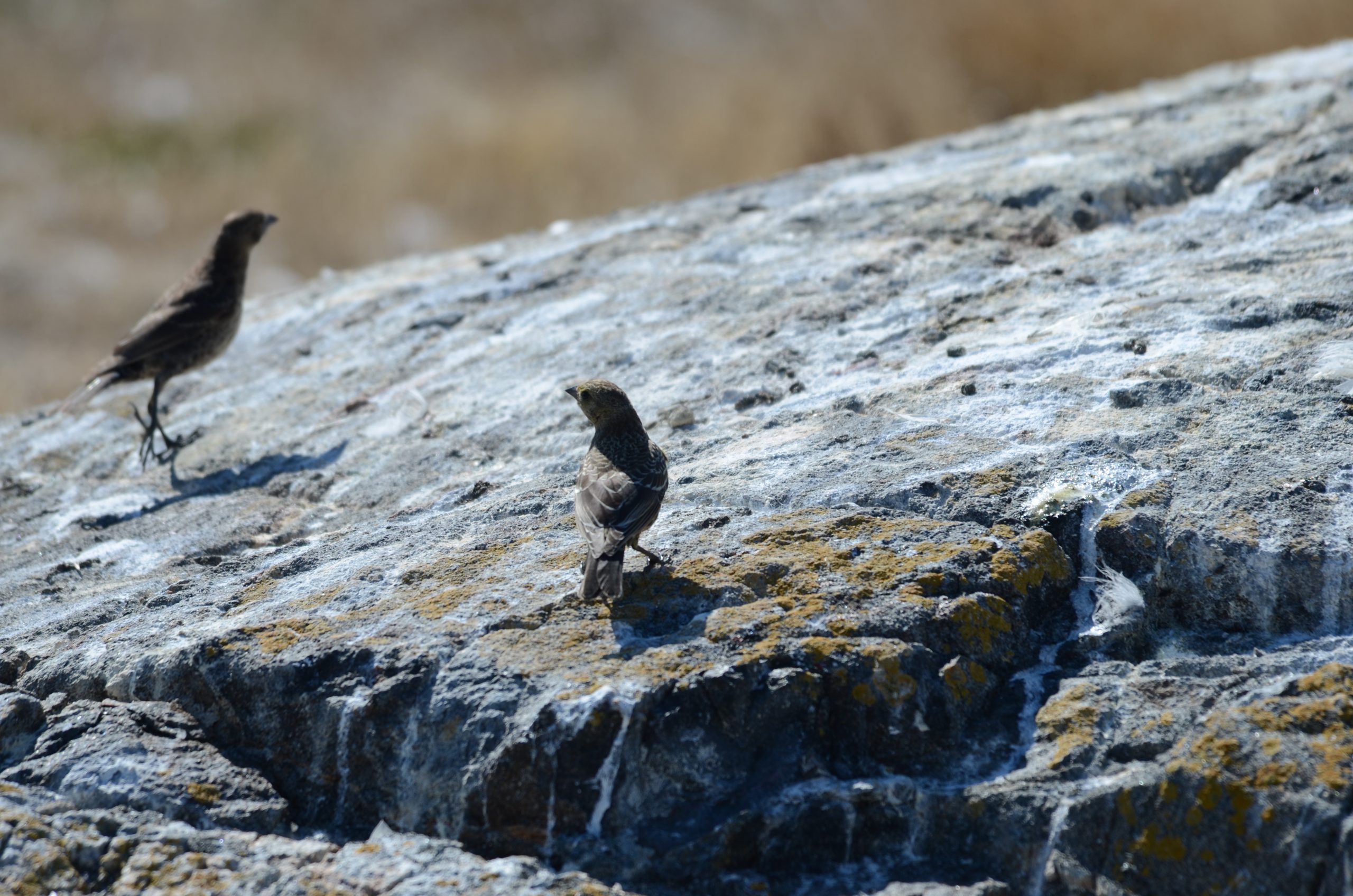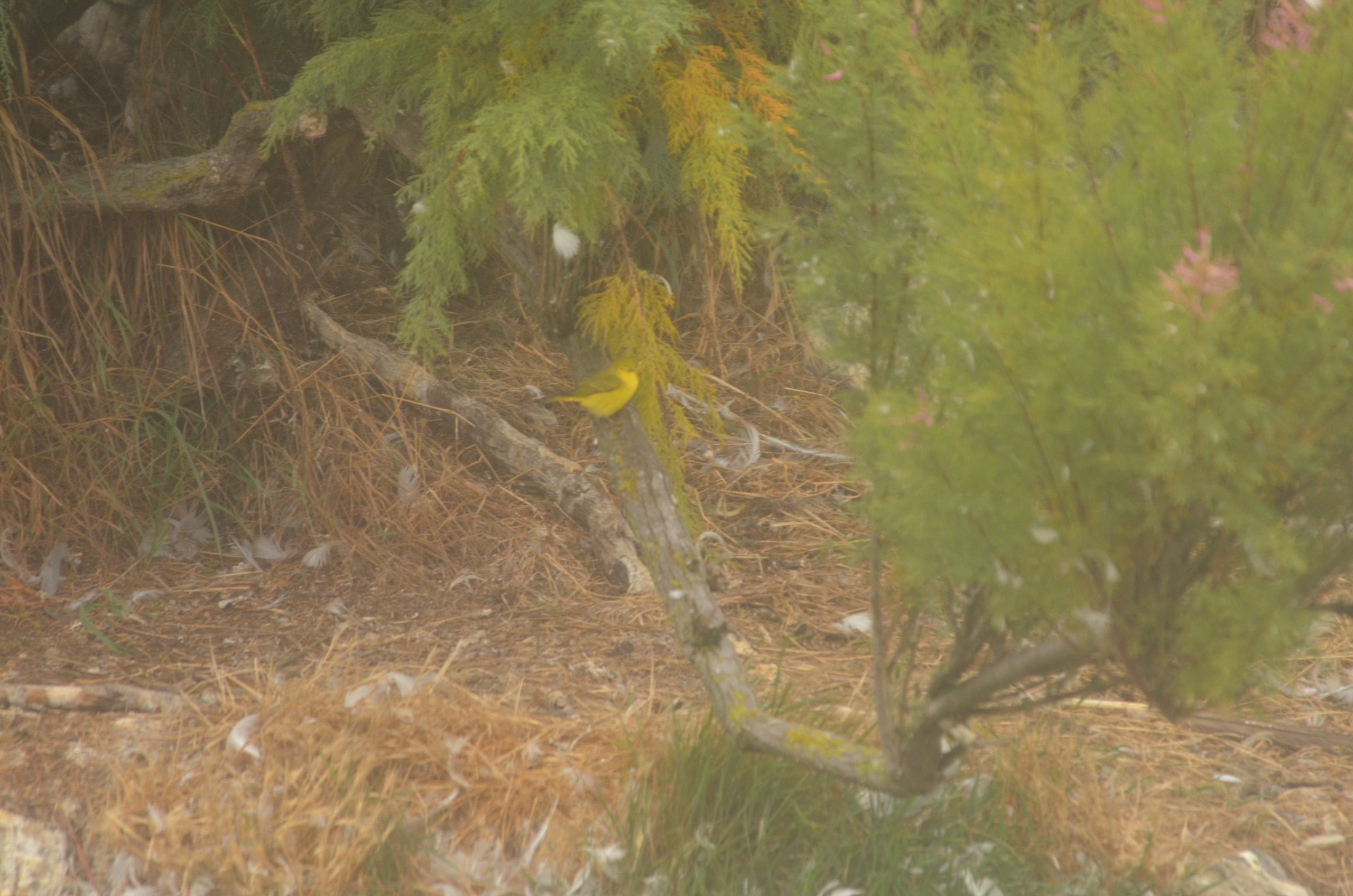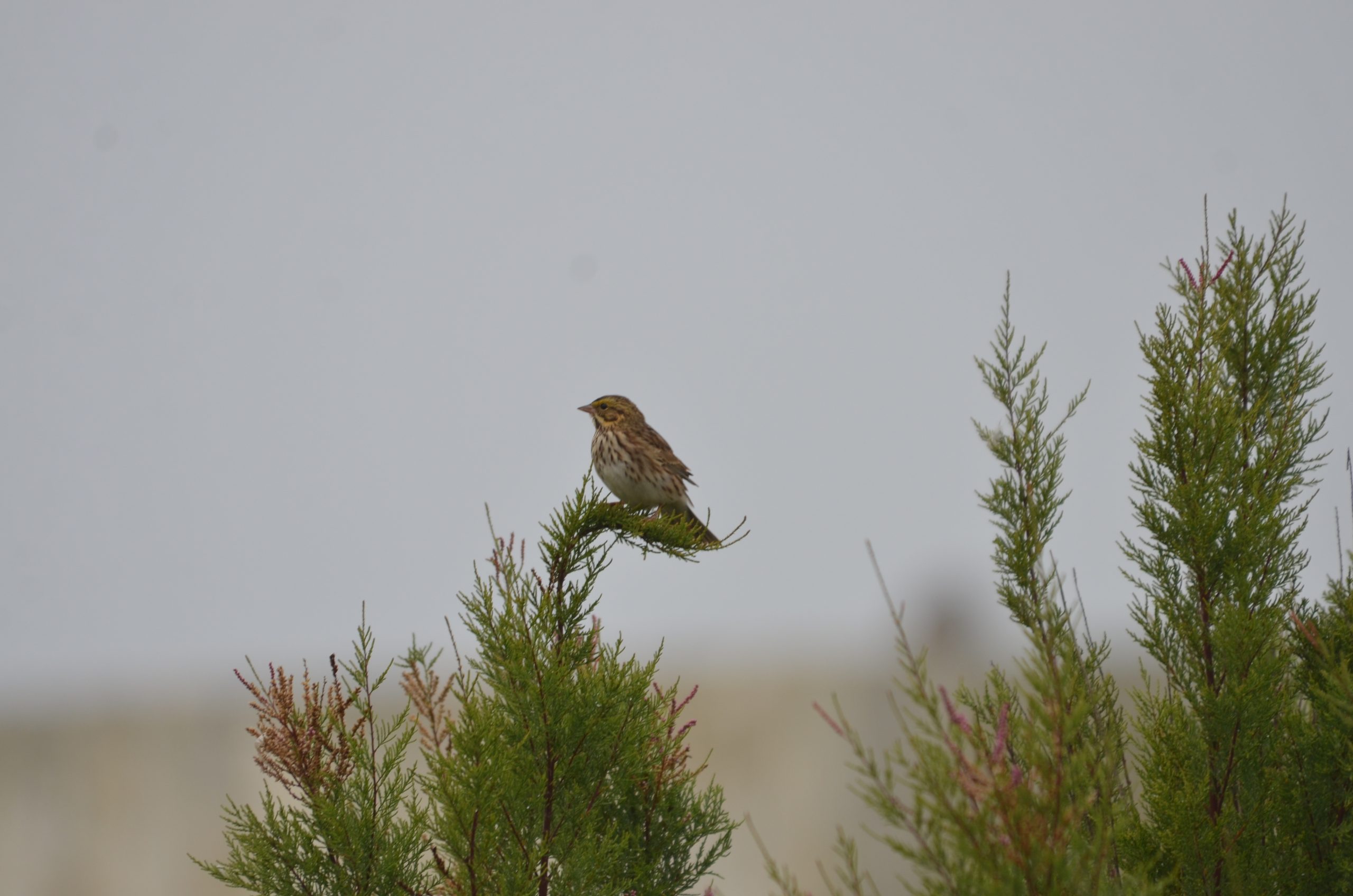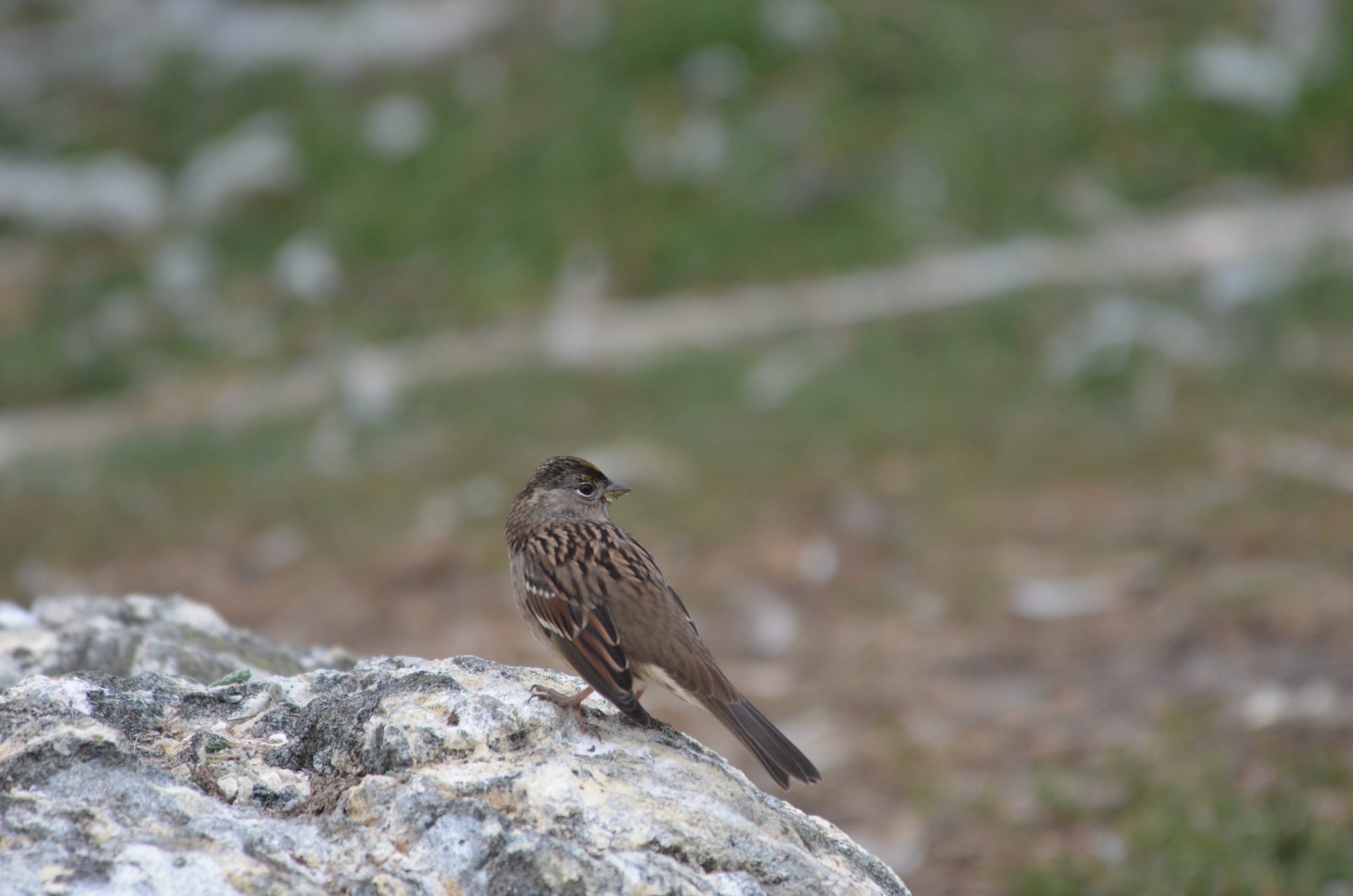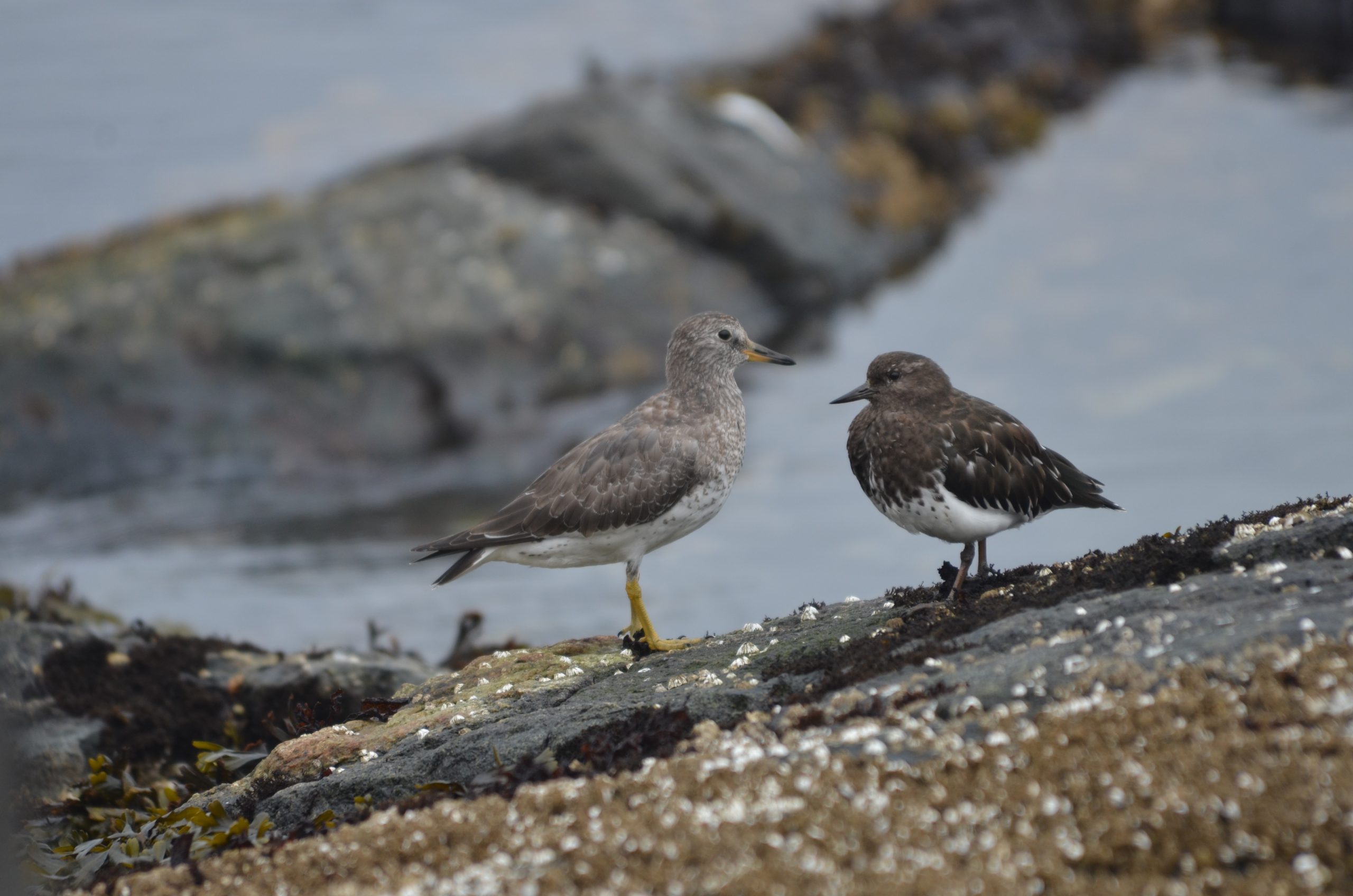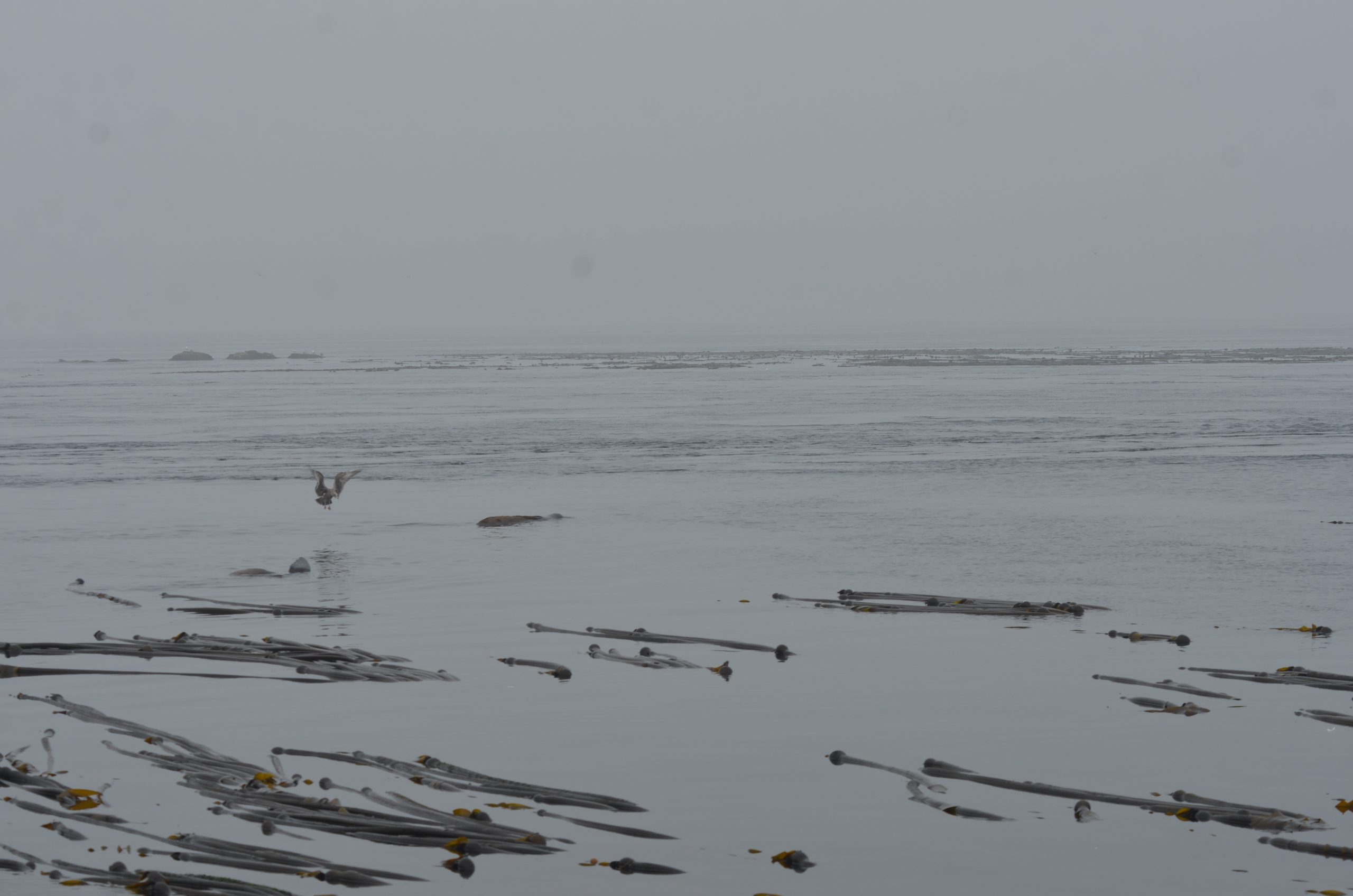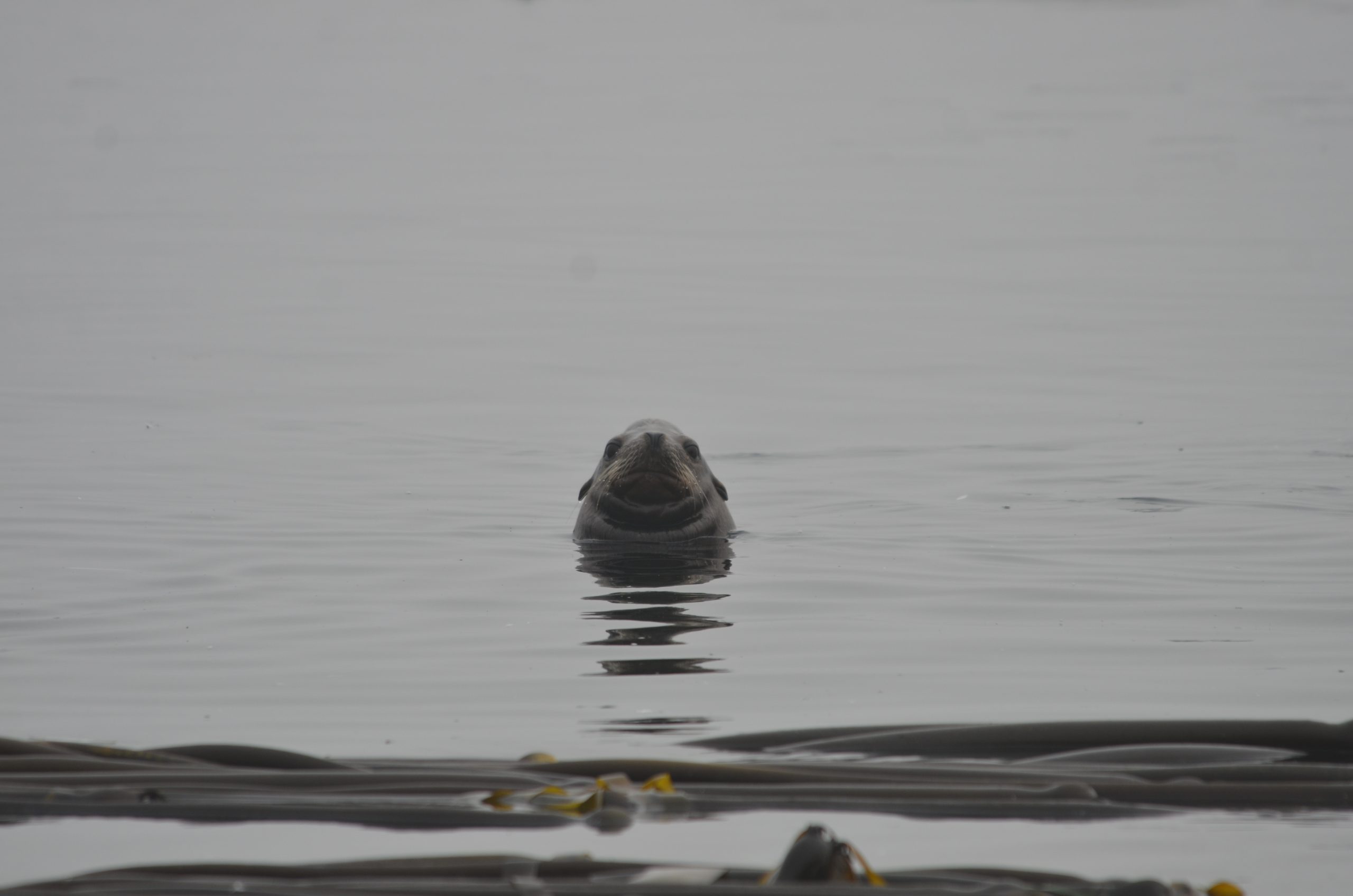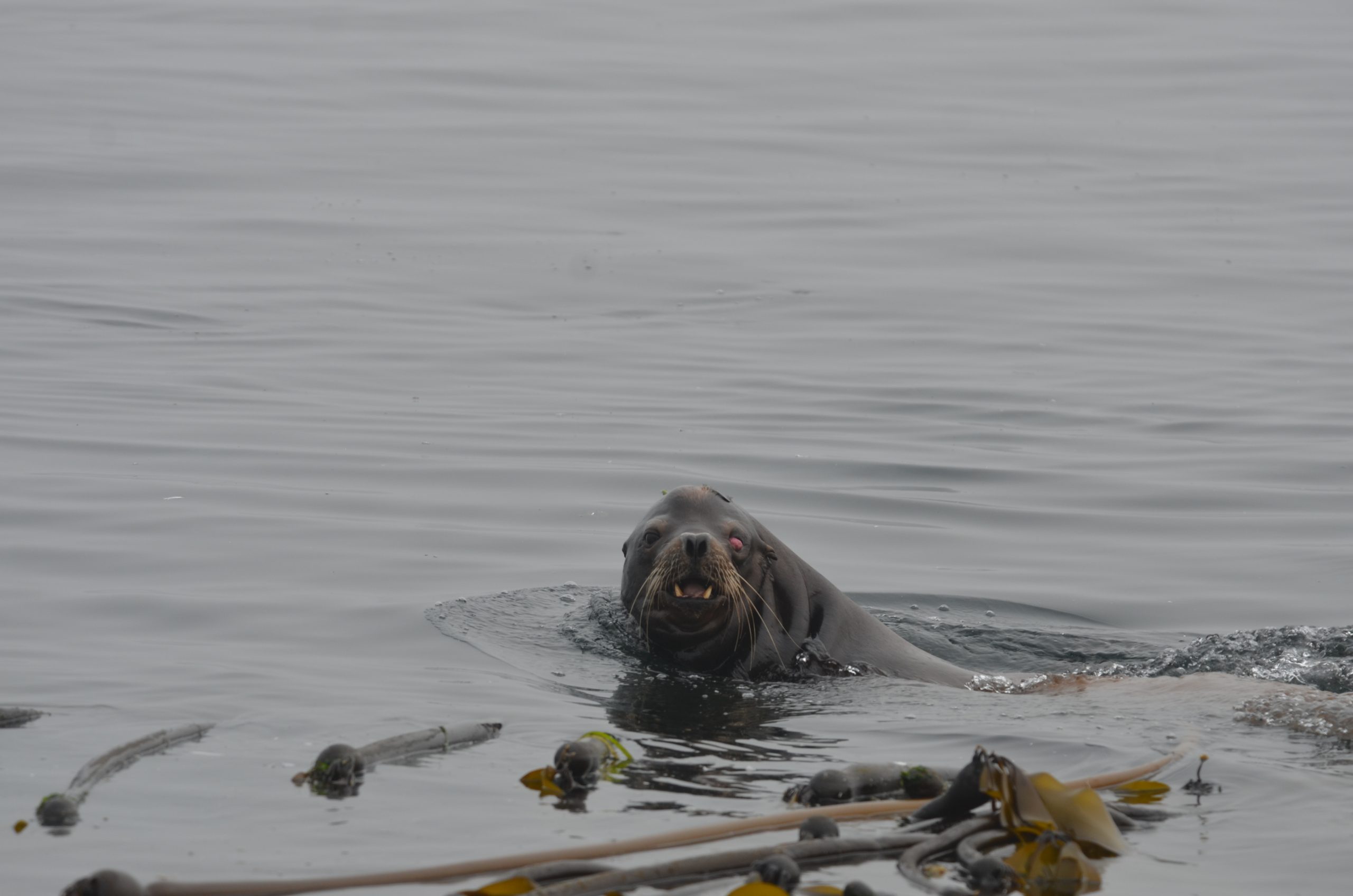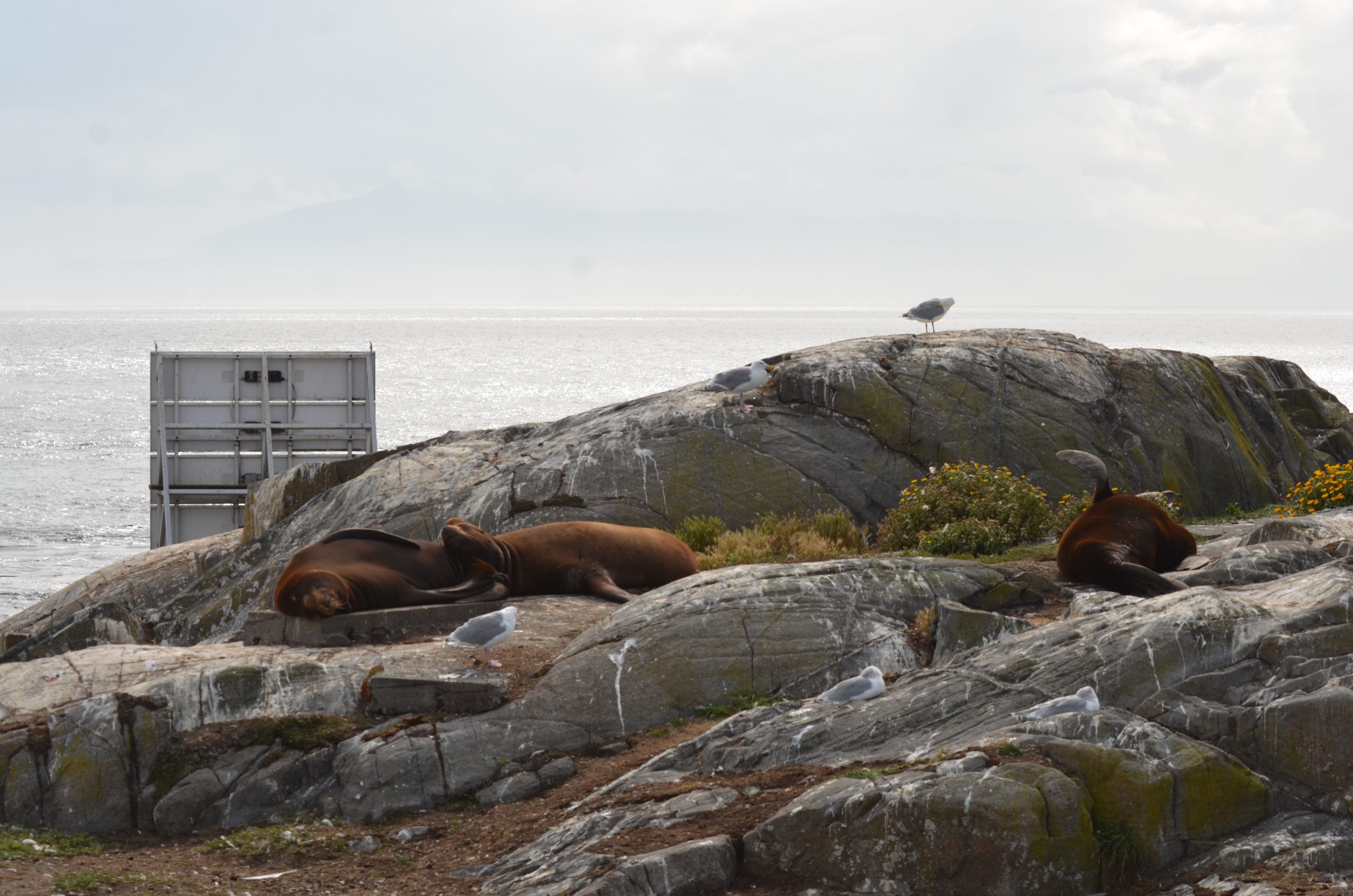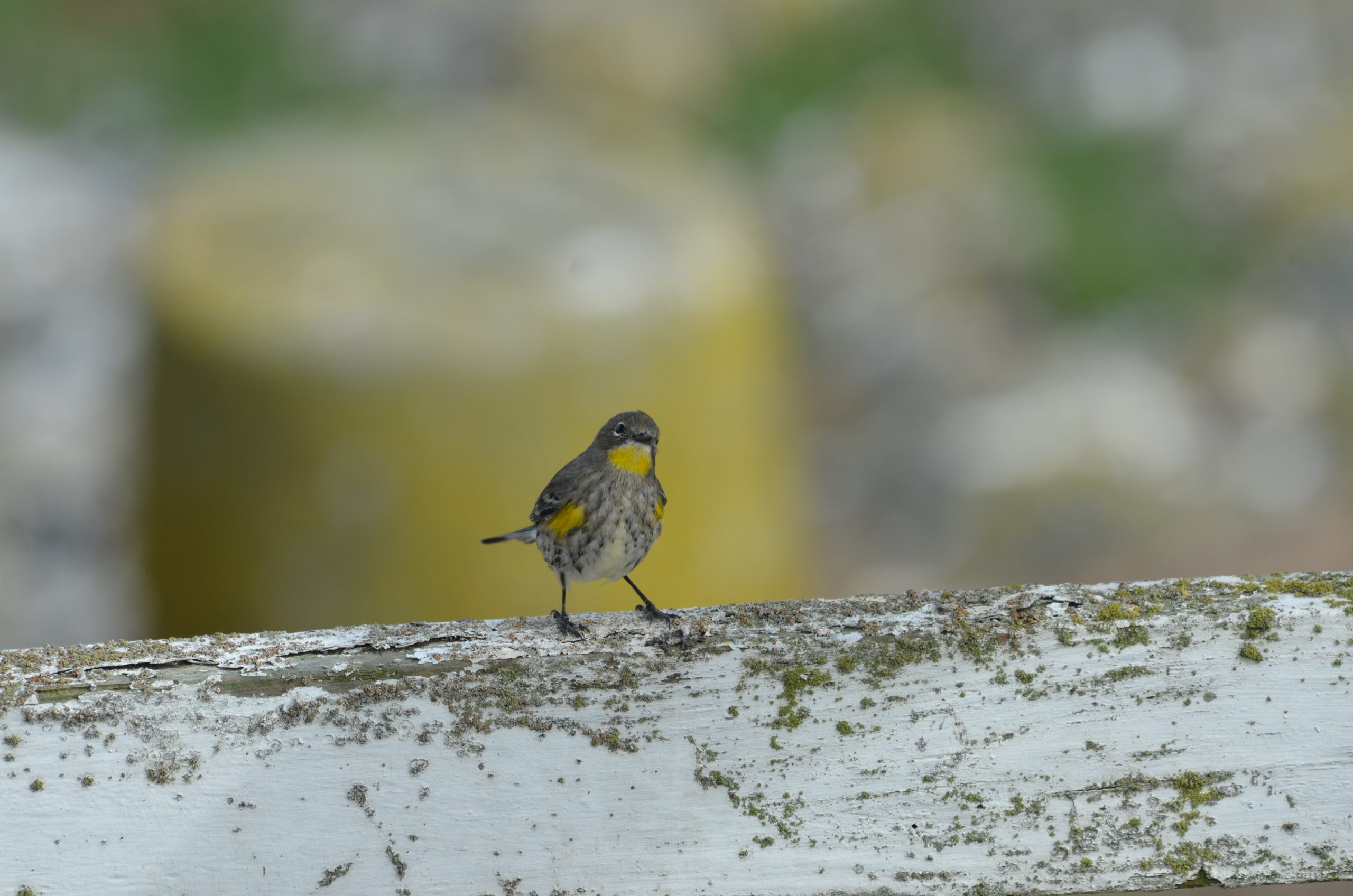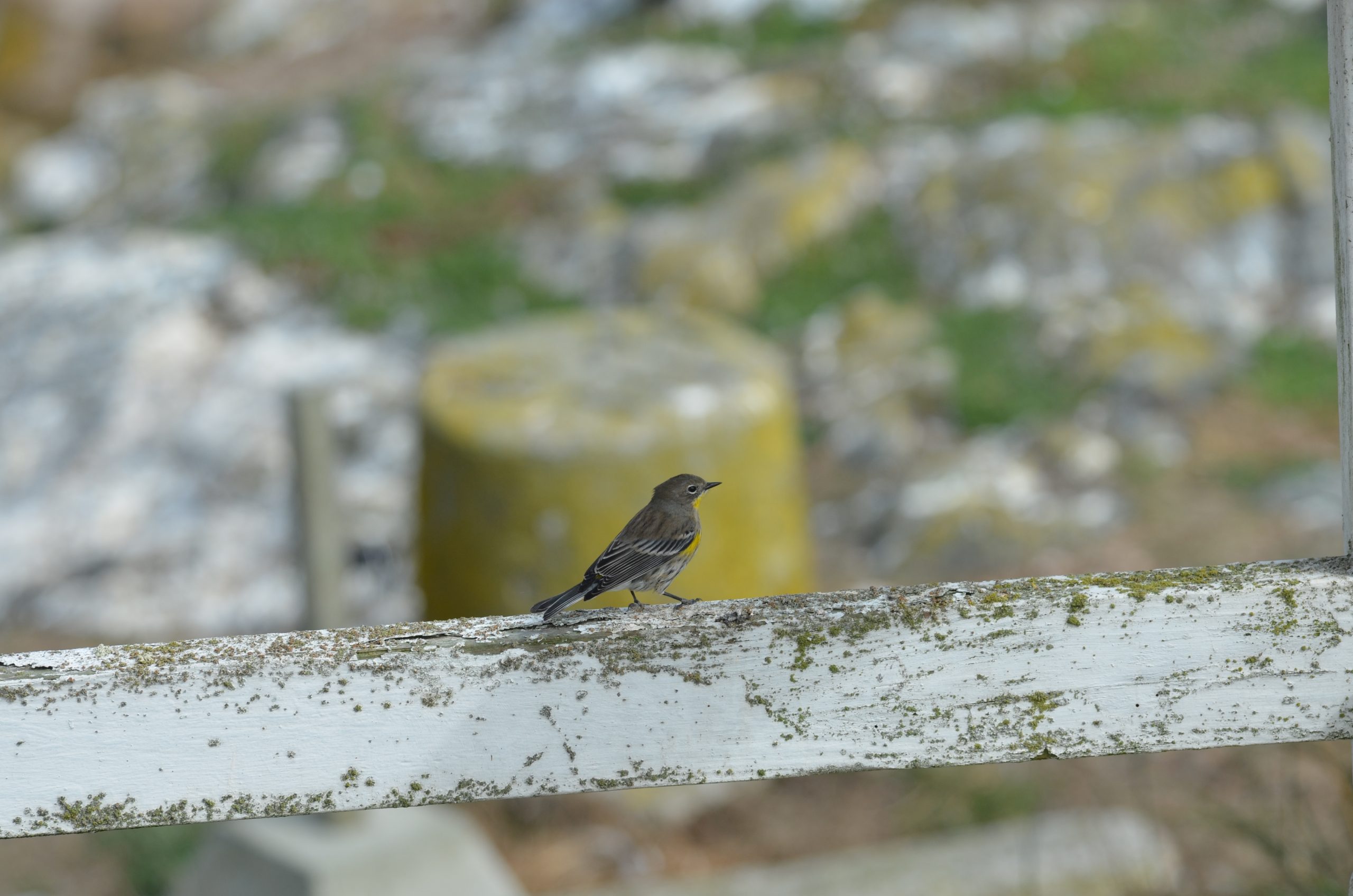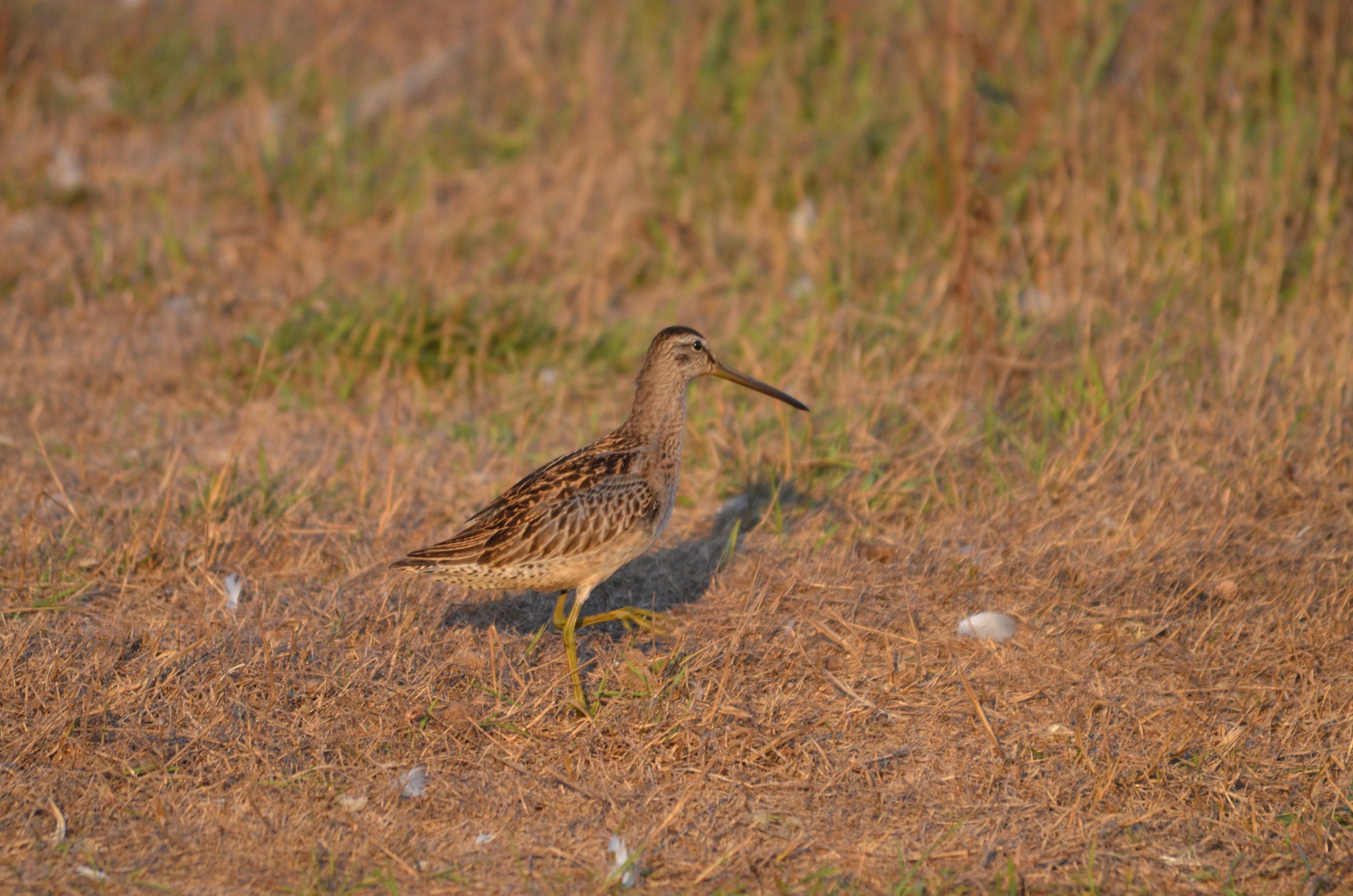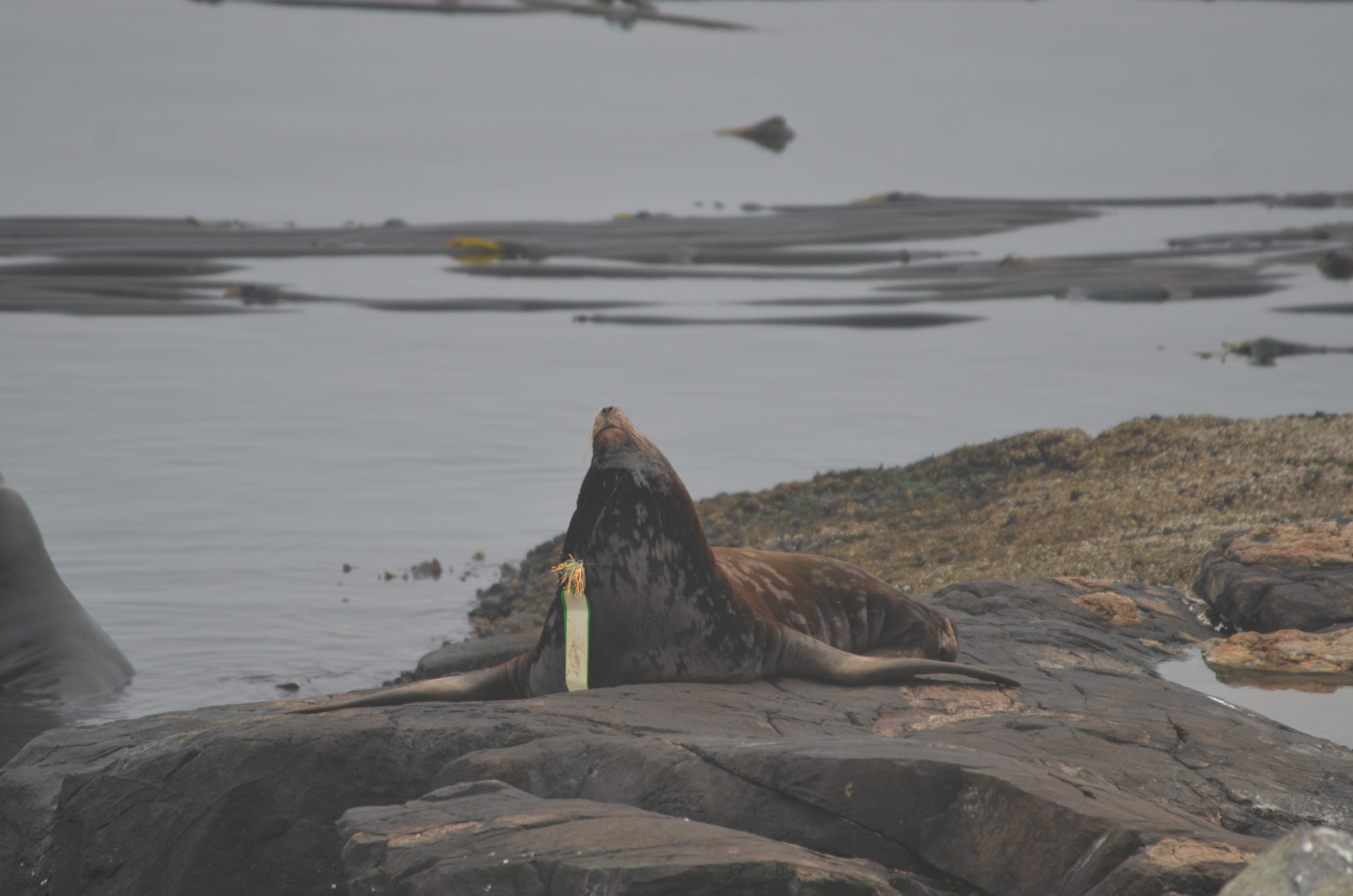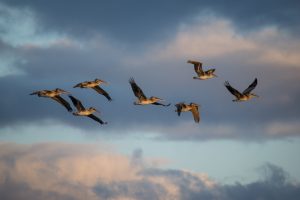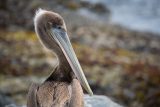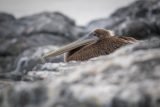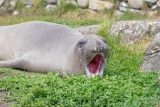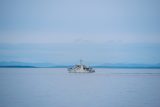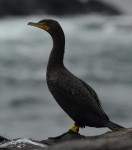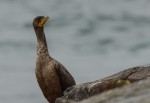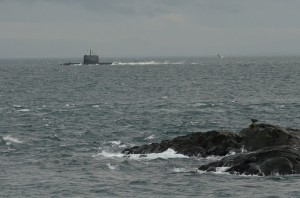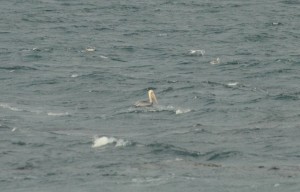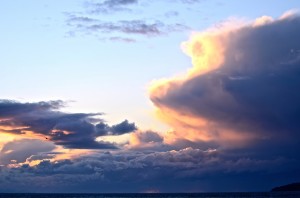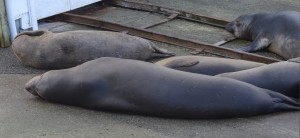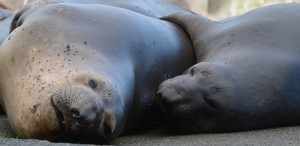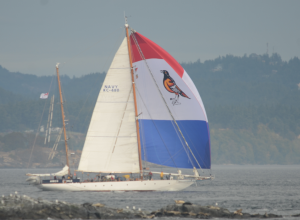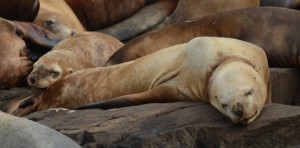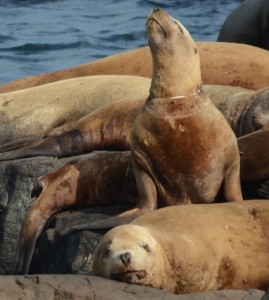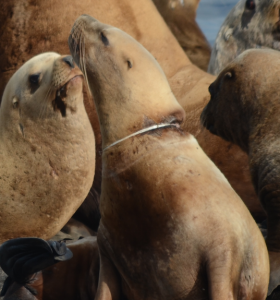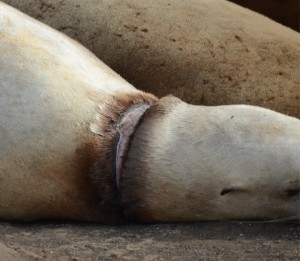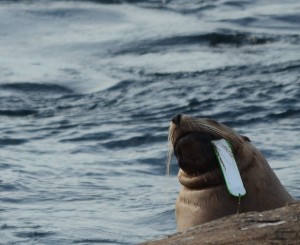Ecological Notes:
- 12 brown pelicans flew around the island at 12:30 yesterday. They returned just before 14:00, flew by the South Islands, and landed on the South Seal Rocks. They moved to the east side of Race Rocks, where they remained for at least a couple hours. A group of pelicans is known as either a pod, pouch, scoop, squadron, or fleet.
- The glaucous-winged gull chicks are growing quickly, with many meal deliveries happening throughout the day by their parents.
- See the photo gallery below for more ecological happenings from the past two days.
Weather:
- Yesterday (July 15):
- Sky: Part Cloudy
- Wind: mostly W, 0-28 kts
- Sea: rippled, then up to 2′ chop in afternoon
- Temperature Low 12oC, High 16oC
- Today (July 16):
- Sky: Overcast
- Wind: W 15-25 kts
- Sea: rippled, then 1′ chop in afternoon
- Temperature Low 13oC, High 15oC
Visitors:
- No visitors
Facility Work:
- Scrubbed and squeegeed solar panels, routine tidying and checking infrastructure around the island.
DND Events:
- Between 10:00 and 14:00 yesterday, there were five detonations on the nearby DND (Department of National Defence) training area on Bentinck Island, about 2km or 1NM from Great Race Rocks. The sudden explosions sent many birds into the air, as well as seals and sea lions into the water.
Vessel Traffic:
- Many Canadian and American ecotour boats have been nearby and heading through the waters of the ecological reserve.
Here are photo highlights from the past two days. Click on the photos for larger views and captions.
- A scoop of 12 brown pelican flying near the south side of Race Rocks.
- Two brown pelicans flying near the South Islands.
- A brown pelican flying near the South Islands.
- A brown pelican flying near the South Islands.
- Brown pelicans on the east side of Race Rocks.
- Brown pelicans going for a dip on the east side of Race Rocks.
- A glaucous-winged gull family dinner.
- A very well protected gull nest carved out of a shrub in the centre of the island.
- DND personnel appear to be setting up detonations on the beach of Bentinck Island.
- The smoke can be seen from a detonation at 12:20. The boats on the left is to warn passing boats about the blasting. The boat on the right is to monitor for marine mammals. The building with the red flag is where the personnel shelter during the detonations.
- Two juvenile eagles on the north edge of Race Rocks.

